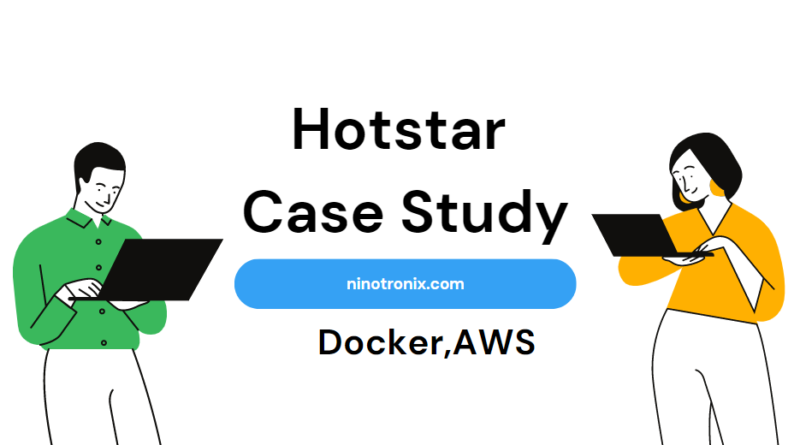Scaling to Meet Growing Demands: Hotstar’s Success Story with Kubernetes and AWS
Hotstar is a popular Indian streaming service that has seen rapid growth in recent years. As the company’s user base grew, they faced challenges in scaling their infrastructure to meet the increasing demand. To address these issues, Hotstar turned to Kubernetes and AWS to improve their scalability and performance.
Hotstar’s approach began with moving their entire infrastructure to AWS, which allowed them to leverage the scalability and flexibility of AWS services. They also adopted Kubernetes to manage their containerized applications, which provided them with automated scaling, load balancing, and self-healing capabilities.
One of the significant challenges that Hotstar faced was handling sudden spikes in traffic during popular sporting events. By utilizing Kubernetes and AWS auto-scaling features, they were able to easily scale up their infrastructure to handle the increased traffic and then scale it back down when demand returned to normal levels.
Hotstar also implemented other AWS services, such as Amazon CloudFront, Amazon S3, and Amazon RDS, to improve their content delivery and database management. By leveraging AWS and Kubernetes, Hotstar was able to reduce their infrastructure costs and increase their application performance and reliability.
Hotstar’s containerization journey began with dividing their monolithic application into smaller microservices, which they then containerized using Docker. This allowed them to deploy and manage their applications independently, without interfering with other services. They also utilized Docker Compose to manage their multi-container applications and Docker Swarm for container orchestration. Docker Swarm allowed them to manage and scale their containerized applications across multiple hosts, providing them with high availability and load balancing capabilities.
Hotstar’s use of Kubernetes enabled them to manage their containerized applications efficiently. Kubernetes provided them with automated scaling capabilities, which allowed them to scale up or down based on traffic demand. Additionally, Kubernetes provided them with load balancing capabilities, allowing traffic to be evenly distributed among multiple instances of their applications.
Hotstar’s use of AWS services provided them with several advantages, including scalability, reliability, and cost-effectiveness. For example, they used Amazon CloudFront to distribute their content globally, which helped them reduce latency and improve their content delivery speed. Additionally, they used Amazon RDS to manage their databases, which helped them improve their database management and reliability.
Hotstar’s use of Docker and Kubernetes helped them achieve significant results. They were able to reduce their infrastructure costs and increase their application performance and reliability. By adopting a microservices architecture and containerizing their applications, they were able to manage their applications independently and scale them up or down as needed. Additionally, by leveraging AWS services, they were able to build a reliable and scalable infrastructure that could handle sudden spikes in traffic during popular events.
Overall, Hotstar’s success story with Kubernetes and AWS demonstrates the benefits of containerization and cloud computing for modern businesses. By leveraging these technologies, companies can improve their scalability, reliability, and cost-effectiveness, while delivering high-performance applications to their users.

